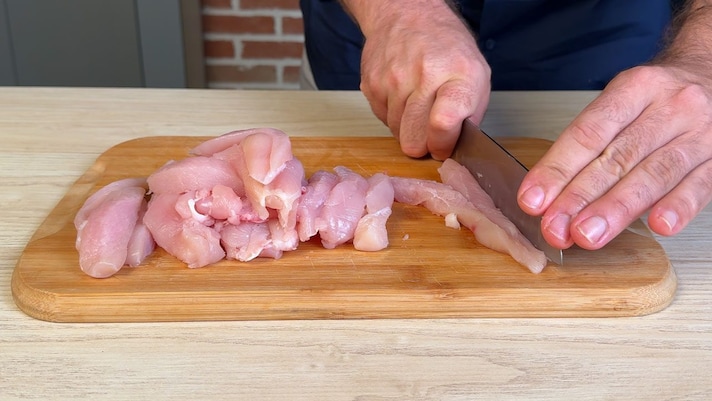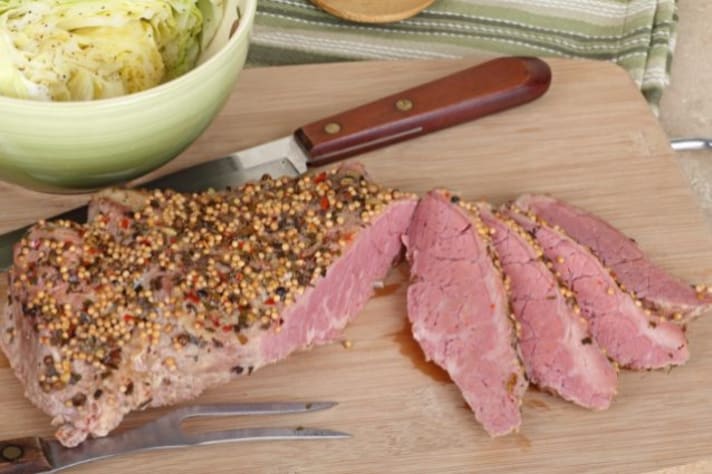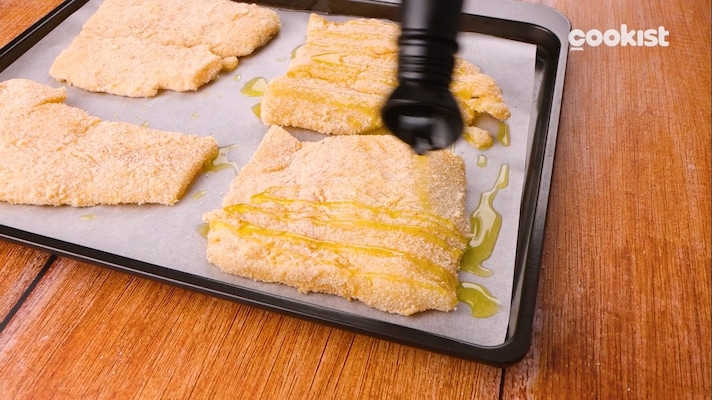How to Fix and Save Undercooked Meat: Should You Put it Back in The Oven?
Undercooked meat isn’t a lost cause—if you know how to fix it right. Whether it’s chicken, beef, pork, or fish, applying the right heat can bring it to a safe temperature without ruining texture. From a quick pan sear for steak to gently finishing chicken in the oven, there are smart ways to save your meal. The key? Patience, the right technique, and a trusty meat thermometer to prevent it next time.

It happens to the best of us: you cut into what should be a perfectly cooked piece of meat, only to find it alarmingly raw in the center. Before panic (or food poisoning) sets in, know this—undercooked meat isn’t a lost cause. The trick is fixing it the right way without drying it out, toughening it up, or turning your dinner into a disaster.
Can You Recook Undercooked Meat?
Absolutely—but it takes a little finesse. Unlike an overcooked steak (which is pretty much beyond saving), undercooked meat still has potential. The key is applying gentle, even heat rather than blasting it at full temperature. Whether it’s chicken, beef, pork, or even fish, recooking can bring it to a safe internal temperature without ruining its texture. The method you use depends on how much cooking is still needed and what kind of meat you're dealing with.
Can Undercooked Meat Go Back in the Oven?
Yes, and in many cases, the oven is the best place to fix undercooked meat—especially if it’s a large cut, like a roast or whole chicken. If the outside is fully cooked but the inside is still raw, turn your oven to a moderate temperature (around 300–350°F) and let it finish cooking slowly. Covering it loosely with foil helps retain moisture while preventing the exterior from overbrowning. A quick temperature check with a meat thermometer ensures you don’t go from one extreme (undercooked) to another (bone-dry).
The Best Ways to Fix Undercooked Meat by Type
Chicken

Chicken is notorious for looking done on the outside while staying worryingly pink inside. If you discover undercooked poultry after slicing it, return it to a preheated oven at 350°F and let it cook through. If it’s just slightly under, you can also simmer pieces in a covered skillet with a bit of broth to finish the job without drying them out. And if you’re dealing with a whole bird? Carve it into pieces before returning it to the heat—this helps it cook faster and more evenly.
Beef and Steak

Steak lovers know that rare is different from raw, but if your steak crosses into unsafe territory, don’t worry—it can be saved. The best trick? A quick pan sear. Heat a skillet over medium-high heat, add a little oil or butter, and cook the steak for one to two minutes per side until it reaches the desired doneness. This works best for thick cuts like ribeye or filet mignon. For larger roasts, slicing them and finishing the pieces in a hot pan can also help.
Pork

If your pork roast or chops are undercooked, the oven method is your best bet. For chops, return them to the pan with a splash of broth or wine and cover to let them gently steam through. For larger cuts, slicing into portions before putting them back in the oven can speed things up while keeping them tender. Since pork dries out easily, always check with a thermometer to avoid overcorrecting.
Fish

Fish can go from raw to rubbery in a matter of minutes, so low, slow heat is your friend. If you discover an undercooked center after cutting in, place it back in the oven at 275–300°F until it’s just done. For fillets, a gentle pan reheat with butter can help bring them to the perfect temperature without making them tough.
How to Avoid Undercooked Meat in the First Place
While it’s great to know how to fix undercooked meat, the best solution is not having to fix it at all. Using a meat thermometer is the easiest way to guarantee safe cooking without guesswork. Here are the safe minimum temperatures for different meats, according to USDA guidelines:
- Chicken and turkey: 165°F
- Beef, pork, veal (steaks, chops, roasts): 145°F (with a 3-minute rest)
- Ground beef and pork: 160°F
- Fish and seafood: 145°F
Another key tip? Let your meat rest. Larger cuts continue cooking after they’re removed from heat, so pulling them a few degrees early prevents overcooking while ensuring they finish at a safe temp.
;Resize,width=767;)

;Resize,width=712;)
;Resize,width=712;)
